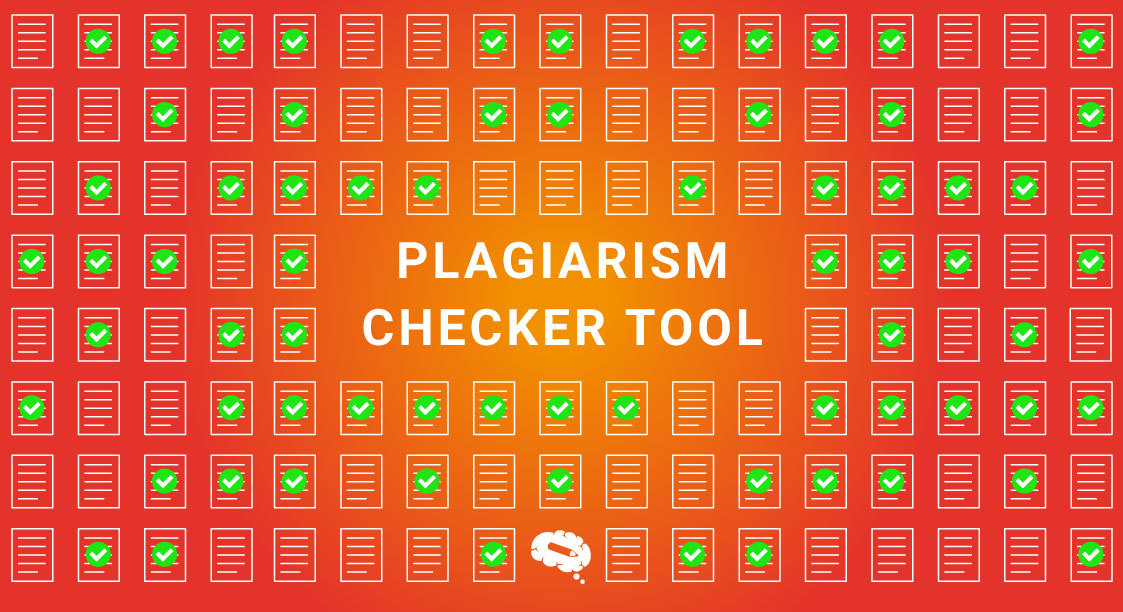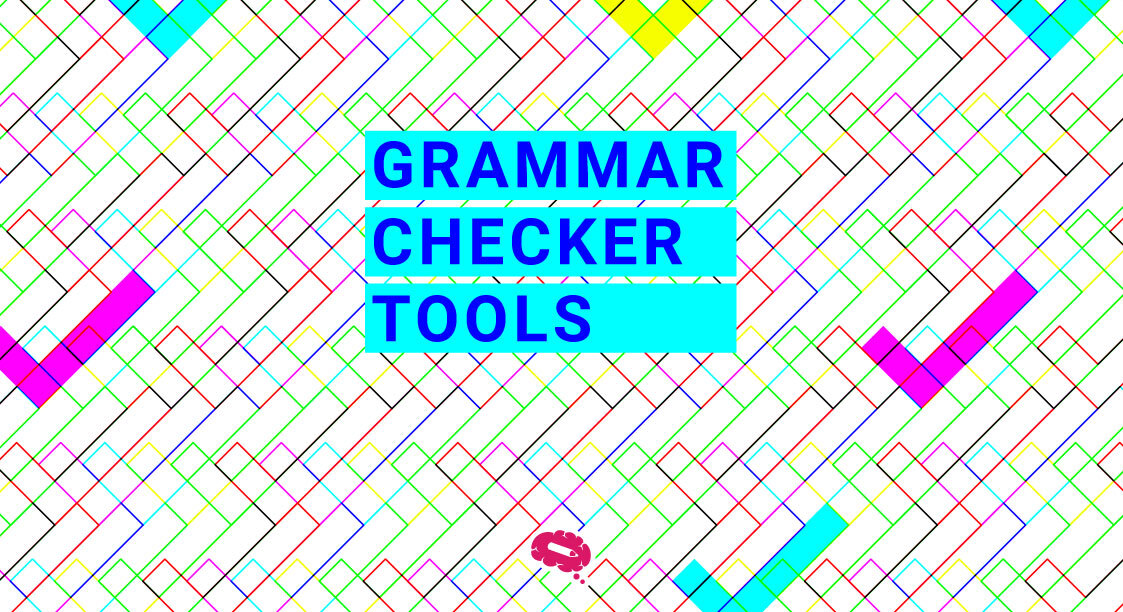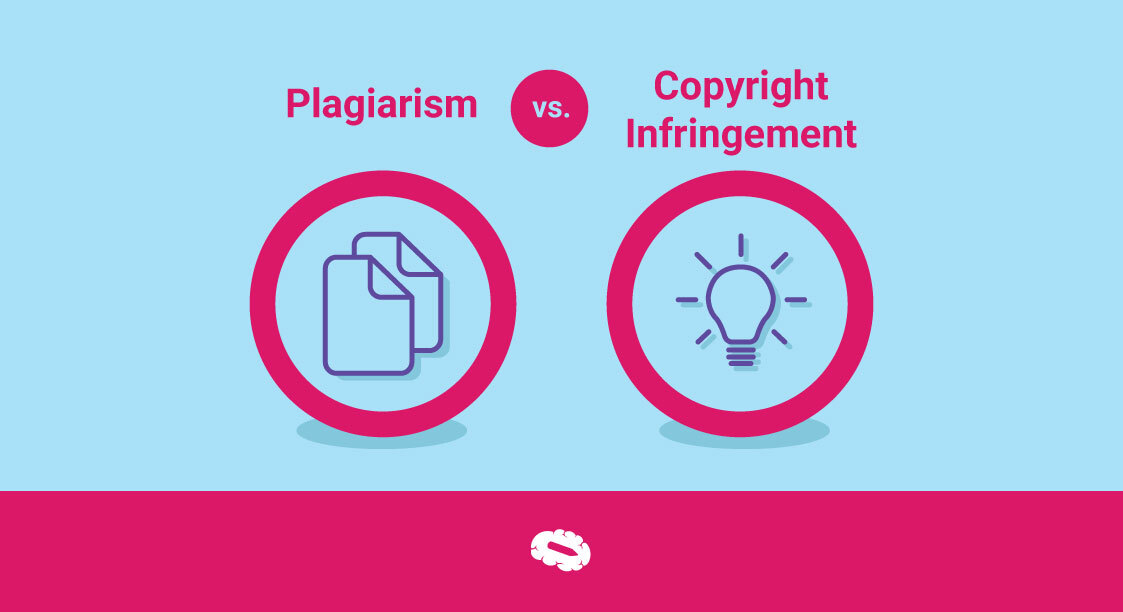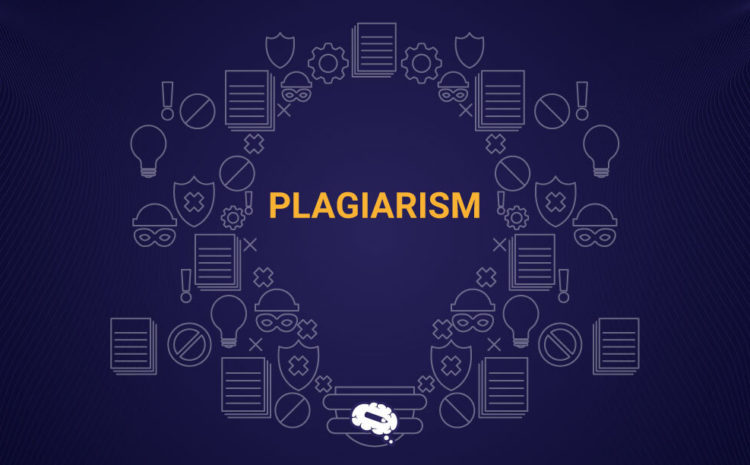In the academic world, the focus is on providing original ideas and information, whether in a research paper, thesis, or dissertation. However, due to the abundance of content available on the internet, it has become increasingly difficult to verify that one’s work is free of plagiarism – the act of utilizing someone else’s work without proper attribution.
Plagiarism is a serious infraction with serious implications ranging from failing a course to facing legal action. Plagiarism checker tools have become a crucial tools for writers, educators, and researchers in order to prevent such consequences.
A writer should use a plagiarism checker tool to guarantee that their work is unique and to avoid inadvertent plagiarism, and this article will teach you all you need to know about plagiarism checker tools and how to use them.
Introduction to Plagiarism Checker Tool
A plagiarism checker tool is a software program that checks written content for similarities with other published works on the internet or in databases. It is critical in the academic world to guarantee that research papers, thesis, and dissertations are original and have distinct material.
Many plagiarism checker tools offer a percentage score indicating the degree of similarity between the supplied text and the detected sources. Certain tools also show individual paragraphs or lines that have been recognized as potentially plagiarized, making it easier for writers to analyze and fix any issues.
What is plagiarism?
Plagiarism is the act of using someone else’s work or ideas without properly crediting them. Copying and pasting material, paraphrasing without attribution, and even exploiting someone else’s ideas or research findings without acknowledgment are all examples of plagiarism.
Plagiarism is a serious infraction in academia, with implications ranging from failing a course to facing legal action. It is critical for writers to understand what plagiarism is and how to avoid it. Check out our article about plagiarism for additional details.
Importance of Using a Plagiarism Checker
Using a plagiarism checker is necessary for a wide range of reasons. First and foremost, it aids writers in avoiding unintended plagiarism. Even if a writer does not intend to plagiarize someone else’s work, it is easy to use similar phrases or ideas unintentionally and without due citation. A plagiarism checker can assist in detecting these situations and allowing the writer to make changes before submitting their work.
Consider a student who is working on a paper about their research. They have conducted a substantial study on the subject and have completed a draft of the paper. They are dubious, however, if they have correctly referenced all of their sources. A plagiarism checker allows students to quickly and simply examine their work for plagiarism and make any required modifications before submitting it, without fearing penalties or academic sanctions.
Secondly, utilizing a plagiarism checker may help writers keep their academic integrity and credibility. When submitting work for a course or for publication, it is critical to ensure that it is unique and correctly referenced. Using a plagiarism checker may provide writers with the confidence that their work is unique and correctly credited.
Another instance is a writer submitting a paper for publication. They want to make certain that their work is unique and will not be rejected because of plagiarism. The writer can increase the probability of their work being approved for publication by employing a plagiarism checker to guarantee that their work is unique and correctly cited.
Benefits of Using a Plagiarism Checker Tool
Using a plagiarism checker tool provides many benefits, including:
- Guaranteeing Originality: The main benefit of utilizing a plagiarism checker tool is that it helps to guarantee that the content is unique. It may identify plagiarism and make advice on how to reword or reference the text.
- Avoiding Unintentional Plagiarism: When researching or paraphrasing, writers may unwittingly plagiarize written content. Before submitting your work, use a plagiarism checker tool to identify and fix any instances of plagiarism.
- Saving Time: Manually checking for plagiarism can take time, especially when dealing with extensive documents or several files. The procedure is automated with a plagiarism checker tool, saving writers time and effort.
- Improving Credibility: Using a plagiarism checker tool can assist boost the writer’s and the document’s credibility. Original and properly acknowledged content may boost a writer’s reputation and raise the likelihood of publication or acceptance.
- Improving Learning: Using a plagiarism checker tool may also assist students in learning appropriate citations and preventing plagiarism. Students can improve their writing abilities and academic performance by recognizing the value of unique material and correct citations.
- Giving Writers Peace of Mind: Using a plagiarism checker tool may provide writers with peace of mind by ensuring that their work is unique and correctly credited. This can help to alleviate the worry and anxiety related to potential plagiarism difficulties.
- Legal Protection: Plagiarism can lead to legal action and harsh repercussions. Using a plagiarism checker program before submitting work can help writers avoid these concerns by detecting and fixing any instances of plagiarism.
How Does a Plagiarism Checker Tool Work?
Plagiarism checker tools often check for similarities by comparing the text of a document or paper to a large database of other texts. Here’s a step-by-step in-depth description of how plagiarism checker tools work:
- Text Submission: The user uploads a file or copies and pastes the text into a text area to submit it to the plagiarism checker tool.
- Text Analysis: The plagiarism checker tool then analyzes the text to find patterns, phrases, and sentences that correspond to other texts in its database.
- Database Search: To locate any matches, the tool searches its database of previously published works, including webpages, academic papers, and other sources.
- Comparison and Analysis: To assess the amount of similarity, the tool compares the input text to the detected matches.
- Results Display: The plagiarism checker tool generates a report with the results, including the percentage of similarity, the sources of the matched text, and a list of potential areas of concern.
- Citation Recommendations: Some plagiarism checker tools include citation suggestions to assist the user in correctly attributing any borrowed knowledge.
It’s vital to remember that a plagiarism checker tool isn’t flawless and may miss certain instances of plagiarism. They are, nevertheless, a useful tool for recognizing potential issues and ensuring that papers are as unique as possible.
Plagiarism Checker Tools
Here are some examples of popular plagiarism checking tools on the market. It is critical to choose a solution that meets your needs and budget while also providing reliable and accurate plagiarism detection.
Turnitin
Turnitin is a prominent plagiarism detection program that educators as well as institutions use to identify plagiarism in student papers. It compares originality to a large database of academic and web sources. It is a paid tool with different prices depending on the number of users and the length of the subscription.
Grammarly
Grammarly is a popular writing helper that also includes a plagiarism checker tool. It validates the text against a database of over billions of webpages and ProQuest databases. It has both free and paid versions, with plagiarism checking available only in the paid version.
Copyscape
Copyscape is a web-based plagiarism checker that searches the internet for duplicate material. It has both free and paid versions. The free version checks up to ten web pages for plagiarism, but the premium version includes more thorough scanning and other capabilities.
Small SEO Tools’ Plagiarism Checker
A free online plagiarism checker tool that compares your content to billions of websites and publications. It has an easy-to-use interface and allows users to examine up to 1000 words at a time.
Quetext
A plagiarism checker that is both free and paid, with advanced algorithms for detecting plagiarism. It compares the text to a database of more than a billion online pages and academic articles. The free version allows users to check up to three documents each month, while the subscription version allows users to examine an unlimited amount of documents and has extra capabilities.
PlagScan
A paid plagiarism checking tool with a range of price options for individuals, educational institutions, and organizations. It compares the text to a large database of sources, which includes academic papers and journals.
UniCheck
UniCheck is a plagiarism checker created primarily for educational institutions. It compares the text to an academic database of publications, journals, and student papers. The cost is determined by the number of users and the length of the subscription.
Plagiarism Checker Pro Tips
Here are some pro tips for efficiently utilizing a plagiarism checker tool:
- Examine several sources: To ensure the uniqueness of your work, use different plagiarism checking tools. Different tools may employ various databases, algorithms, and approaches, yielding varying outcomes.
- Check frequently and early: Don’t put off checking your work for plagiarism until the last minute. To minimize unintended plagiarism, use the tool early in the writing process to discover potential difficulties.
- Use quotes and citations: If you use someone else’s words or ideas, make sure to properly attribute them using quotes and citations. Plagiarism checkers can detect precise matches, but they cannot always discern the context or intent of usage.
- Use a trustworthy and reliable tool: Choose a trustworthy, accurate, and user-friendly plagiarism checking tool. To make an informed selection, look for reviews, testimonials, and ratings from other people.
- Review and revise: Even if a plagiarism checker finds no problems, you should still go through your work for clarity, coherence, and originality. Remember that plagiarism is more than just stealing words; it is also about stealing ideas and thoughts.
Make scientifically accurate infographics in minutes
One of the primary benefits of utilizing Mind the Graph is the ease with which infographics may be made. Rather than spending hours producing visuals from scratch, researchers and scientists can rapidly produce high-quality, accurate infographics that effectively explain their results using Mind the Graph’s pre-made templates and illustrations.

Subscribe to our newsletter
Exclusive high quality content about effective visual
communication in science.





